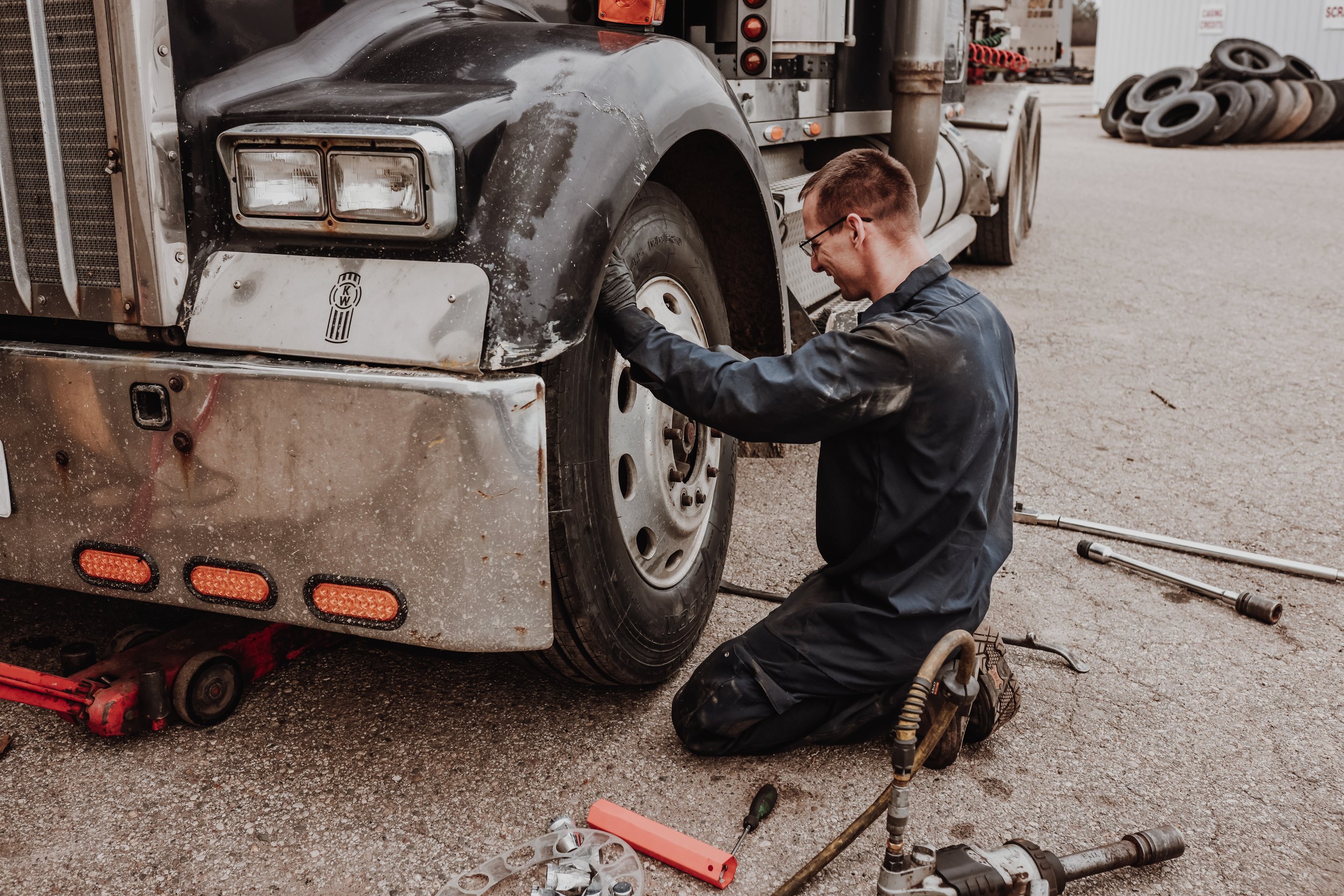Morris Tire: Exceptional Tire Solutions for All Cars
Morris Tire: Exceptional Tire Solutions for All Cars
Blog Article
Tire Repair Myths Debunked: Dividing Fact From Fiction
In the world of vehicle upkeep, tire fixing holds a significant area, yet it is often shrouded in misconceptions and mistaken beliefs that can lead to confusion for vehicle owners. Understanding the difference in between fact and fiction when it involves tire repair is essential for making sure both safety and cost-effectiveness. From the mistaken beliefs surrounding patching versus plugging a punctured tire to the efficiency of different tire sealants, there are numerous vital areas where clearness is needed to make educated decisions. Let's lose light on some typical tire repair service misconceptions and different them from the truth to empower you with the expertise required to browse this crucial element of car upkeep.
Usual Tire Repair Work Misconceptions
Dispelling prevalent misunderstandings bordering tire repair is critical for keeping road safety and expanding the durability of your car's tires. It is important to understand that not all slits are created equivalent; while some may certainly require a tire replacement, the bulk can be safely repaired.
An additional false impression is the concept that a DIY tire fixing package is an enough remedy for all tire issues. While these sets can be useful for temporary repairs in emergency situations, they are not a long-term remedy and may not attend to the underlying issue (tire shop near me). Looking for the know-how of a certified tire technician is always recommended to make sure the safety and security and honesty of the tire

Can You Repair a Punctured Tire?
Repairing a punctured tire is a typical technique in the auto sector, commonly performed by specialist service technicians adhering to specific standards and requirements. Nonetheless, not all slits can be fixed. The location, dimension, and intensity of the puncture are vital consider determining if a tire is repairable. Slits situated on the tread area of the tire are try this website typically repairable as lengthy as they are within a certain size restriction and do not influence the tire's architectural stability.
It is vital to note that pierces near the sidewall or shoulder of the tire are usually not repairable because of security worries. Such areas undertake significant anxiety and flexing, making repairs undependable and possibly dangerous. Furthermore, if the leak is also huge, exceeding the recommended repairable dimension, or if the tire reveals indications of interior damages, it is more secure to change the tire completely.
The Fact Regarding Patching Vs. Plugging
When considering the fixing of a punctured tire, recognizing the differences between patching and plugging is vital for making educated decisions relating to tire upkeep and safety and security. Patching involves repairing the tire from the within, where a spot is applied to cover the slit. This technique is taken into consideration more reputable and lasting as it deals with the damage inside, reducing the threat of air leak and more tire damages. On the other hand, connecting is a quick solution that includes placing a rubber link into the punctured location from the outside. While connecting is practical and can be done without removing the tire from the rim, it is generally thought about a temporary option and might not offer the same level of sturdiness as a spot.
Myth: All Tire Sealers Work

When selecting a tire sealant, take into consideration factors such as the size of punctures it can successfully fix, compatibility with tire stress tracking systems (TPMS), and whether it is secure for the tire product. Reviewing evaluations and seeking suggestions from specialists can help you make an educated decision. Additionally, regular upkeep and timely replacement of sealer can assist guarantee optimum performance. Keep in mind, while tire sealers can be advantageous in emergency situations, they are not a substitute for correct tire care and maintenance.
Best Practices for Handling Apartment Tires
In light of the differing efficiency of tire sealers, recognizing ideal methods for taking care of flat tires is vital for maintaining road security and automobile efficiency. Loosen the lug nuts, raise the automobile with the jack, remove the lug nuts and flat tire, and replace it with the spare tire. Stow away the level tire, tools, and tools, and keep in mind to check the extra tire's pressure periodically.
Verdict
In verdict, it is essential to separate reality from fiction when it involves tire repair work myths. Comprehending the truth about covering vs. plugging, the efficiency of tire sealants, and finest practices for dealing with blowouts can assist guarantee the security and durability of your tires. By disproving typical misunderstandings and adhering to appropriate fixing guidelines, you can make enlightened decisions when it comes to maintaining the health and wellness of your lorry's tires.
Report this page